Heading out the door? Read this article on the new Outside+ app available now on iOS devices for members! Download the app.

Oregon’s 500,000-year-old Mt. Hood is a picturesque stratovolcano that features popular climbing and skiing destination. While the last major eruption was in the 1790’s, hot steam vents near Crater Rock and the magma detected three miles below the surface demonstrate ongoing volcanic activity. The 40-mile Timberline Trail (which circles the mountain) offers views aplenty. [image: Rachel Sandwick/Flickr]
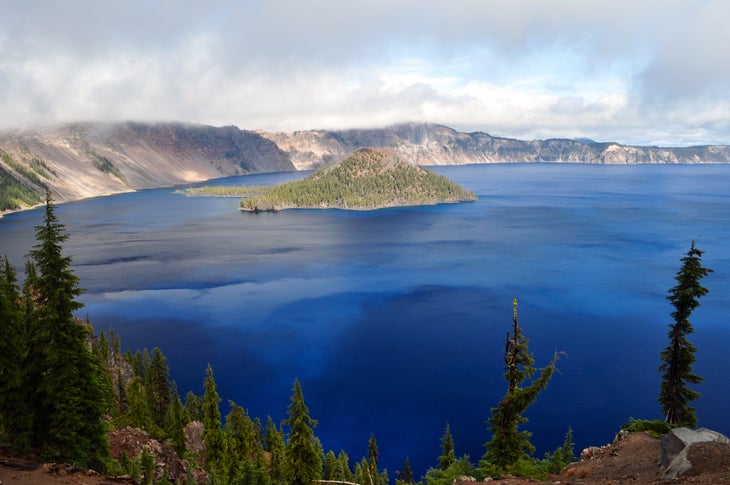
Crater Lake was formed 7,700 years ago when Mount Mazama erupted, then collapsed, filling nwith precipitation to form the deepest lake in the U.S. (-1,949 feet). The area is now a national park, with over 90 miles of hiking trails. [image: Madeleine Holland/Flickr]
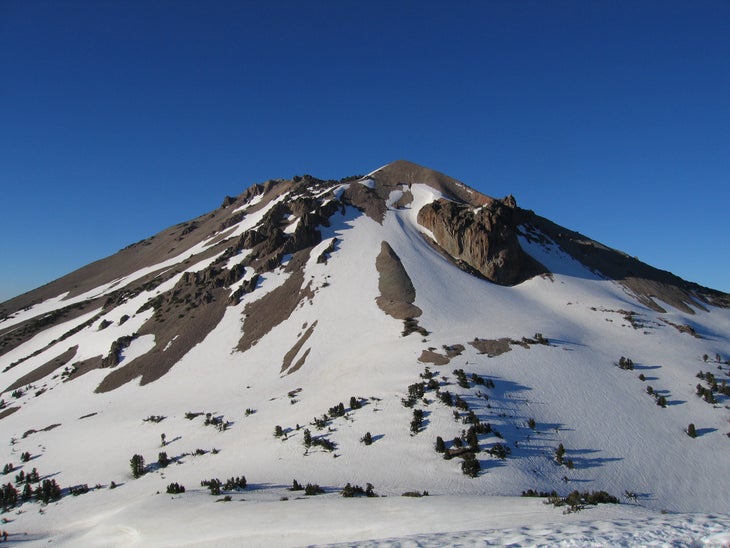
When Lassen Peak erupted in 1915, the ash cloud spread out over 200 miles. Now, the northern California peak offers a popular 5-mile roundtrip hiking trail in its namesake national park. Allow 3-5 hours for a roundtrip that gains 2,000 feet to the 10,457 foot summit. [image: NPS]
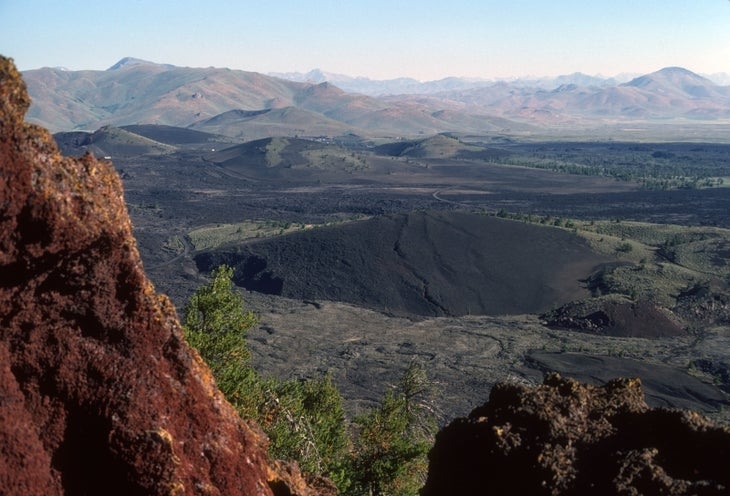
Take the Wilderness Trail to Echo Crater in Idaho’s Craters of the Moon National Monument. Venture past cinder cones and “lava trees,” on this 8-mile roundtrip hike. Overall, the monument includes 25 volcanic cones and 60 lava flows. [image: NPS]
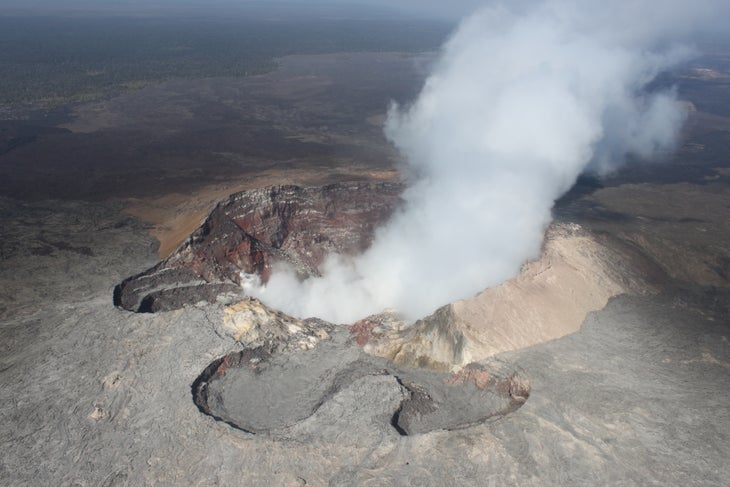
Mauna Loa, located in Hawai’i Volcanoes National Park, is Earth’s largest volcano. With 33 eruptions since 1843 (the most recent occurring in 1984), it is also one of the world’s most active. Drive the Observatory Road and hike 6.4 miles to the top (2,527 elevation gain). [image: Lauren Bacon/Flickr]
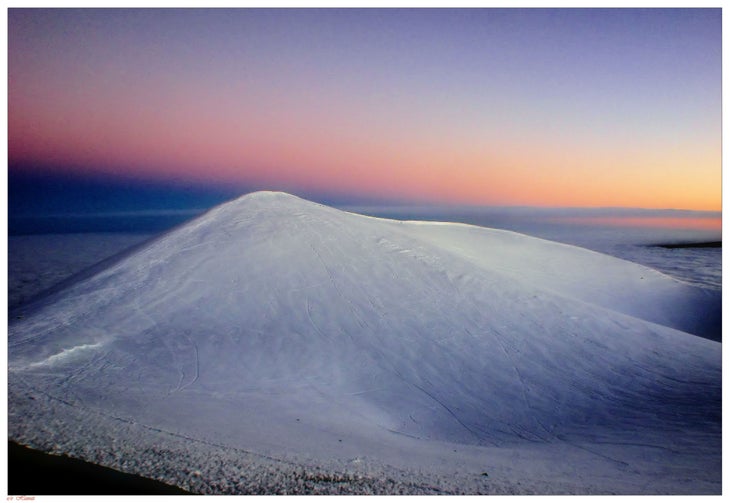
The Mauna Kea Trail leads to the highest point in Hawai’i (13,796′) atop the Mauna Kea volcano. The steep 12-mile roundtrip trail (with 4,500 feet of elevation gain) includes hiking on scree and lava flows and even offers skiing possibilities in winter. [image: Alan L./Flickr]

Just 15 miles south of the Canadian border, Washington’s Mount Baker is a popular climbing destination for skilled technical climbers with glacier travel experience. Glazed in 1,300 feet of ice at the summit, this volcano’s last major eruption was 6,700 years ago, though a 1975 uptick in volcanic activity triggered increased monitoring. [image: Steve Voght /Flickr]
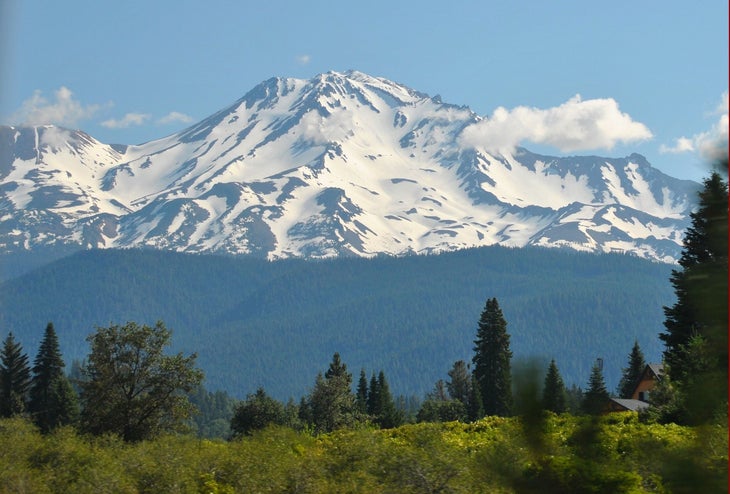
Crampons and an ice axe will be required for the 7,000-foot vertical trek to the summit of 14,163-foot Mount Shasta in northern California. Geologists believe this volcano erupts every 600-800 years, with the last eruption occurring 200-300 years ago. [image: Loco Steve/Flickr]

On May 18, 1980, this active volcano experienced a massive Plinian eruption, killing 57 people. Today, intrepid hikers make the 10-mile roundtrip trek (4,500 feet elevation gain) to the summit, where the volcanic crater actually grows in size each year. [image: Bala Sivakumar/Flickr]
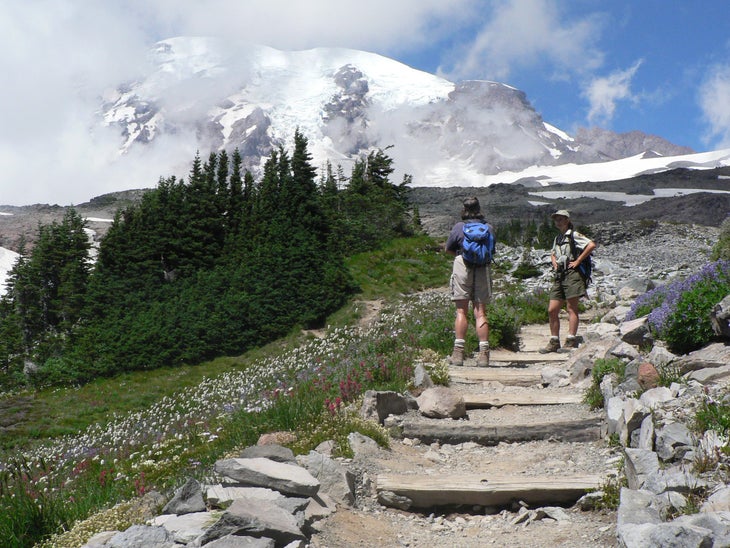
Washington’s Mount Rainier is one of the country’s best-known active volcanoes. Experienced mountaineers can climb and ski the heavily glaciated peak while day hikers can enjoy over a dozen trails on the lower flanks. The 93-mile Wonderland Trail circumnavigates the mountain and offers gorgeous views. [image: Jasmine Horne/NPS]